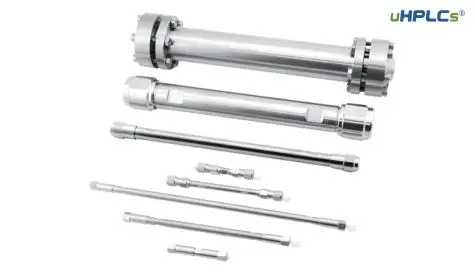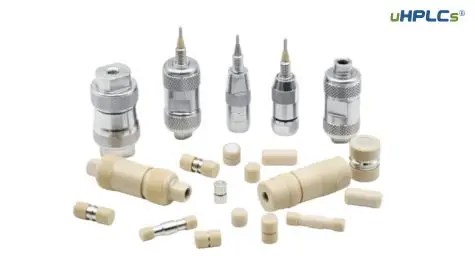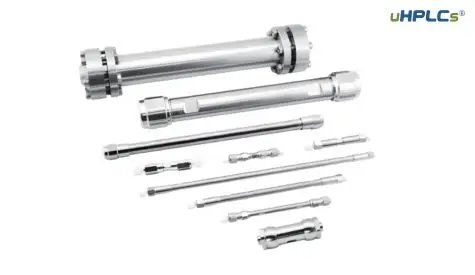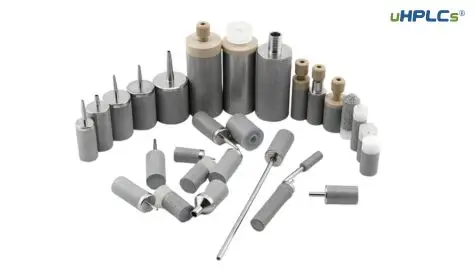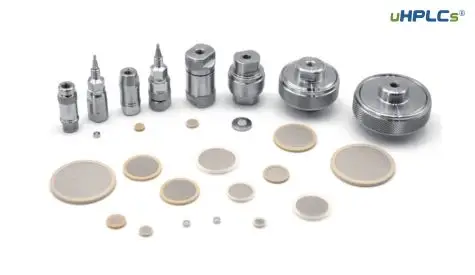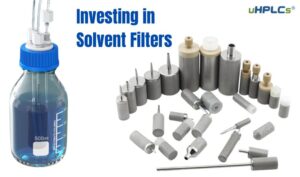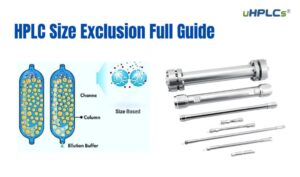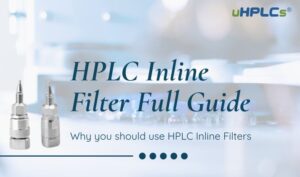What is Peak Threshold in HPLC?
High Performance Liquid Chromatography, often people like to call as HPLC, is a cornerstone of many scientific endeavors. This technique has been instrumental in a variety of applications ranging from pharmaceuticals to environmental studies.
Understanding High Performance Liquid Chromatography
HPLC Basics
The concept of HPLC might sound daunting initially, but once you understand the core principles, it becomes much simpler. Imagine a flowing river carrying different types of leaves; their speed of travel depends on their size and weight. That’s essentially what HPLC does, separating mixtures into individual components.
Application of HPLC
Now, where do we apply this technique? It’s extensively used for identifying, quantifying, and purifying the individual components of a mixture in biological, pharmaceutical, and environmental analyses, among others.
Interpreting Chromatograms
Understanding Peaks
Think of a chromatogram as a mountain landscape; the peaks represent different components of the mixture. Each peak’s height and width provide crucial information about the quantity and identity of the component.
Interpreting Retention Times
The retention time, which is when each peak appears on the chromatogram, helps to identify each component. Like clocking runners in a race, the sooner they finish, the faster they are. Similarly, different components will have different retention times, helping identify them.
Key Factors in HPLC Analysis
Role of Mobile Phase
The mobile phase in HPLC is like the river in our earlier analogy. It’s the solvent carrying our mixture through the stationary phase. Its properties can significantly impact the separation process.
Importance of Stationary Phase
The stationary phase, as the name implies, stays put. It interacts with the mixture’s components, separating them based on their affinity towards it.
Defining Peak Threshold
Peak Width in HPLC
Peak width refers to the width of the chromatogram’s peak at its base. It’s a key factor in resolution, and thus, the overall success of the separation process.
Peak Threshold in HPLC
The peak threshold in HPLC is the minimum height that a peak must reach to be detected and processed by the data system. It acts as a filter, distinguishing between real signal and noise.
Peak Threshold and Chromatography Integration
Peak Width and Threshold in HPLC Chromatography Integration
In HPLC chromatography integration, both peak width and threshold play significant roles. They impact the area calculation under the peak, which in turn affects the accuracy of quantification.
Why you should care Peak Threshold in HPLC?
High-Performance Liquid Chromatography (HPLC) is a widely used analytical chemistry technique. It’s commonly used in biochemistry and analytical chemistry to separate, identify, and quantify each component in a mixture. In the context of HPLC, you should care the peak threshold is crucial for several reasons:
Accuracy: Peak threshold is essential in HPLC because it determines the detection and integration of peaks in a chromatogram. Setting an accurate peak threshold ensures that your analysis identifies all relevant peaks, which corresponds to the different compounds in your sample.
Sensitivity: The peak threshold plays a significant role in the sensitivity of the analysis. A lower peak threshold will detect smaller peaks that may not be significant or could be noise, while a higher peak threshold could miss minor but significant components of your sample. It’s important to set an appropriate threshold to balance between identifying true sample components and disregarding irrelevant noise.
Quantification: The area under each peak in an HPLC chromatogram corresponds to the quantity of that component in the sample. Therefore, if the peak threshold is not set correctly, it can lead to inaccurate quantification. Peaks that are under the threshold will not be integrated, potentially leading to underestimation of the sample’s components.
Reproducibility: The peak threshold must be consistent between analyses. If the peak threshold is changed from one analysis to the next, it can lead to inconsistent results, affecting the reproducibility of the analysis.
Resolution: In complex mixtures, many components can elute closely, making peaks overlap. The correct setting of peak threshold will help improve the resolution and separation of these overlapping peaks, enabling more accurate identification and quantification.
For these reasons, understanding and correctly setting the peak threshold in HPLC is essential for reliable, accurate, and consistent results. It’s part of optimizing your HPLC method for your specific application.
FAQs
What do Width and Threshold mean? How to set it up? What are the appropriate values for them?
The terms Width and Threshold are used in the context of peak detection and integration in High-Performance Liquid Chromatography (HPLC).
Width: This parameter corresponds to the width of the peaks in the chromatogram. It’s typically defined at the baseline or at half-height of the peaks. The width parameter is used by the software to distinguish between a real peak and random noise.
In most HPLC software, peak width is expressed in terms of the time units used by the system (usually minutes). You can determine the appropriate peak width setting by observing the average width of the typical peaks in your chromatograms and then setting the parameter slightly wider than that to ensure all relevant peaks are detected.
Threshold: This parameter sets the minimum height that a peak must reach to be considered a peak and not noise. It helps differentiate actual analyte peaks from the baseline noise. The threshold is typically set just above the baseline noise level.
When setting these parameters, there isn’t a one-size-fits-all answer because it largely depends on your specific analysis, the complexity of your samples, and the sensitivity and noise level of your HPLC system. However, here’s a general guideline:
For the Width parameter, start by running a few representative samples and observe the average width of the peaks in the chromatograms. Adjust the width setting so that it’s slightly larger than your average peak width.
For the Threshold parameter, it should be set just above the baseline noise level. To determine this, examine parts of the chromatogram where no peaks should be present and observe the noise level. Set the threshold just above this level.
so you should remember, the goal is to distinguish real peaks from random noise effectively. These settings may need to be further adjusted based on the results of your initial runs. You might need to fine-tune these parameters over several runs to optimize them for your specific needs.
Please be aware that setting the width and threshold parameters incorrectly can result in either missing important peaks (false negatives) or detecting too much noise as peaks (false positives), leading to inaccurate and unreliable results. Therefore, understanding these parameters and setting them up appropriately is critical for accurate and reliable HPLC analysis.
If you’re looking to optimize your High-Performance Liquid Chromatography (HPLC) practices and enhance your analytical results, or find HPLC Guard Column. Inline Filter, don’t hesitate to reach out to the experts at uHPLCs! With advanced technology and deep industry knowledge, we can assist you in making your analyses more reliable and efficient.
Whether you have a question about setting peak thresholds and widths, need technical support, or simply want to learn more about our high-performance liquid chromatography systems, we’re ready and eager to help.
Unlock the potential of your analysis today by reaching out to us at sales@uhplcs.com. Our dedicated team is waiting to hear from you, understand your needs, and offer the best solutions to drive your research forward.
Act now, and let’s take your chromatography practices to the next level together!



